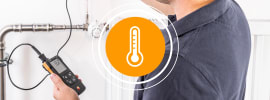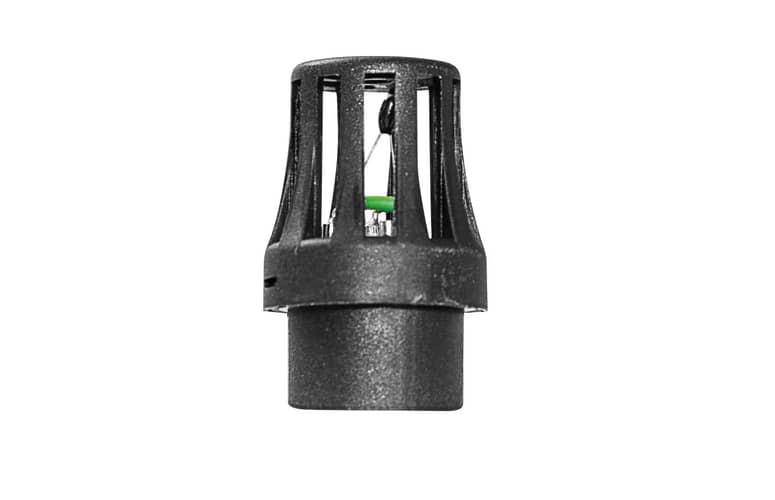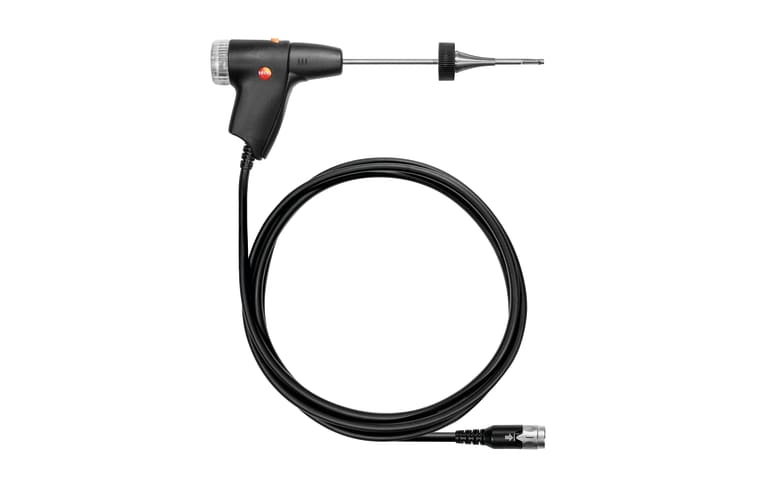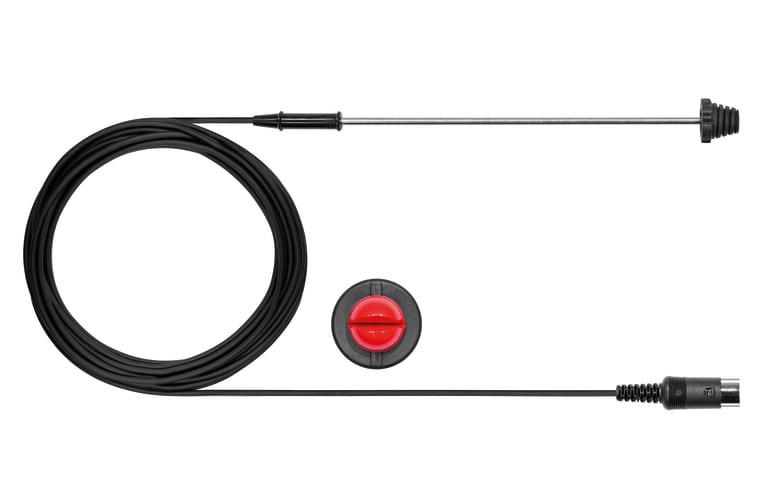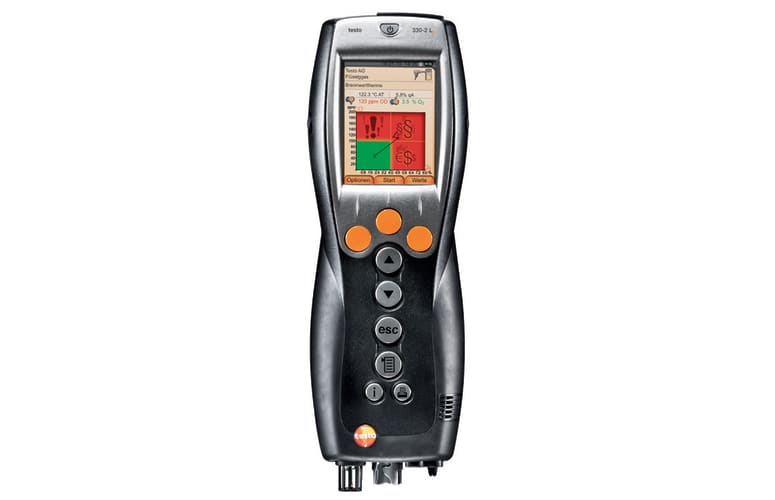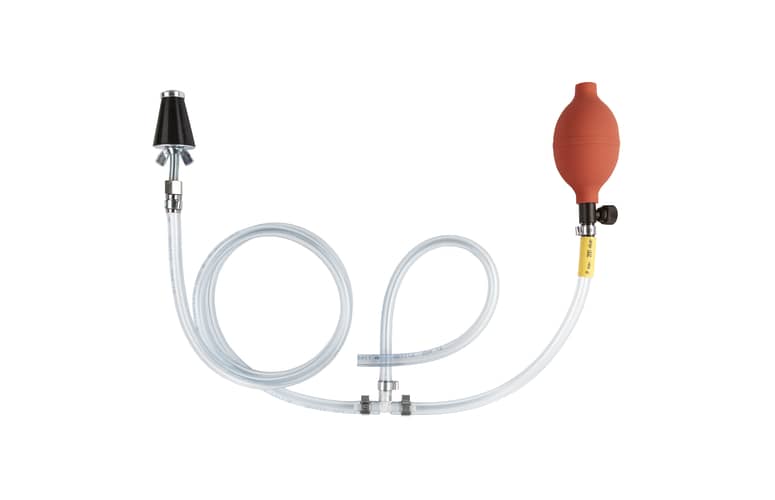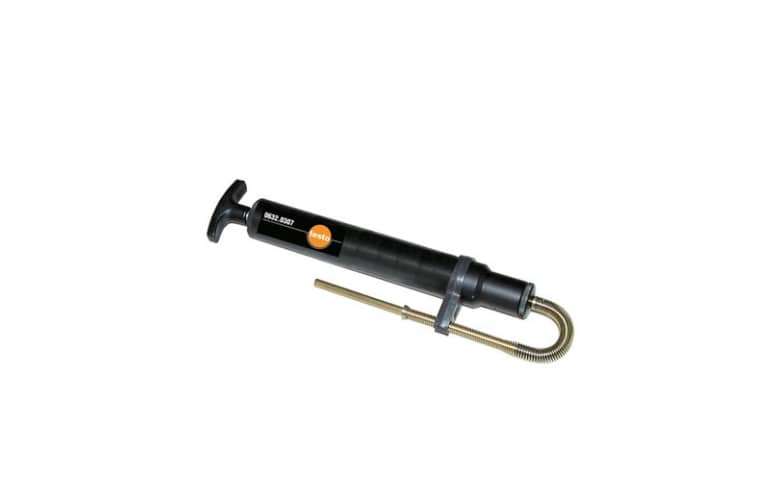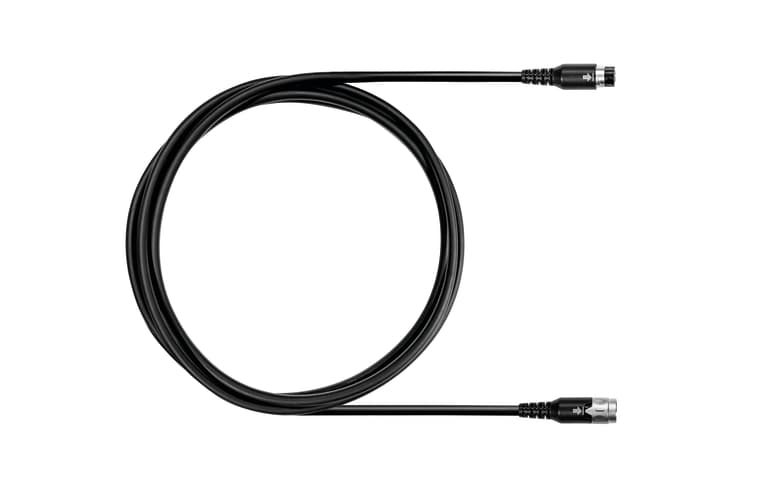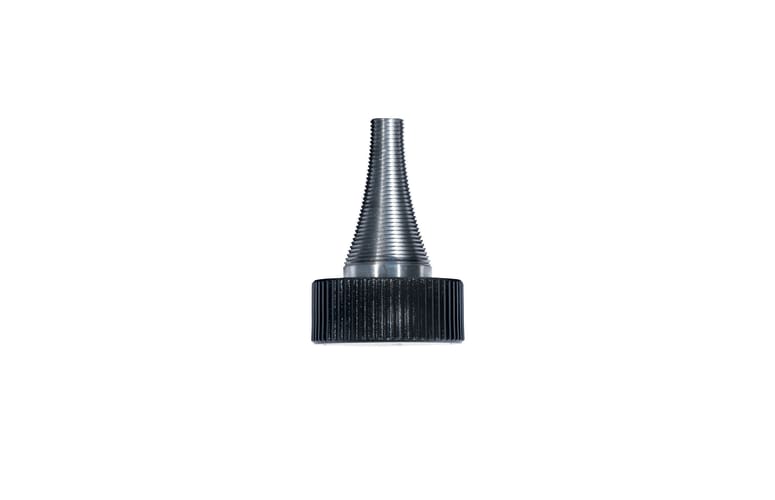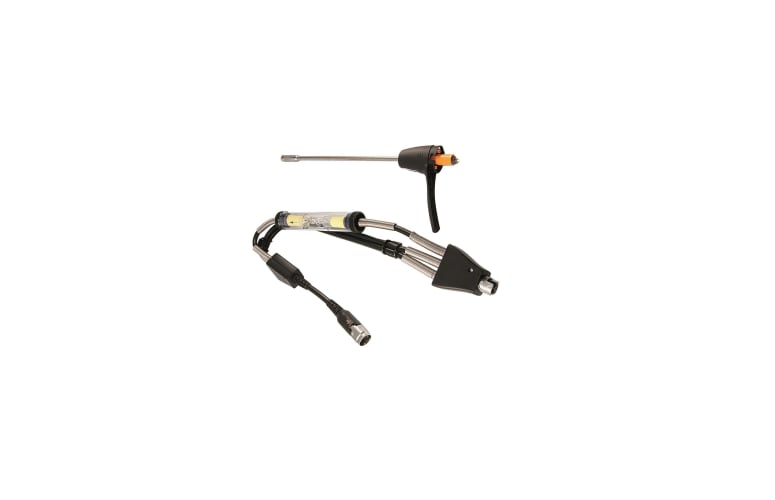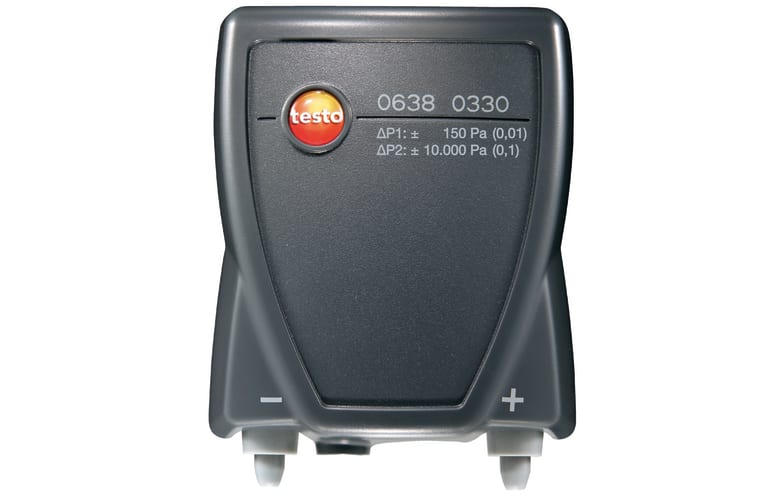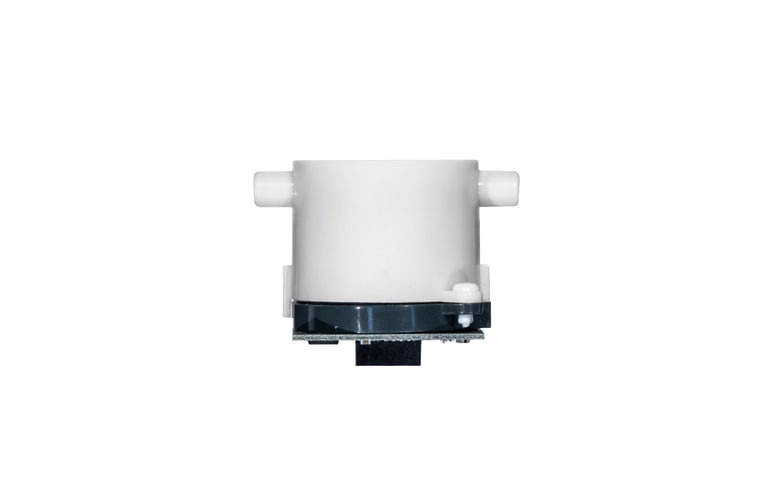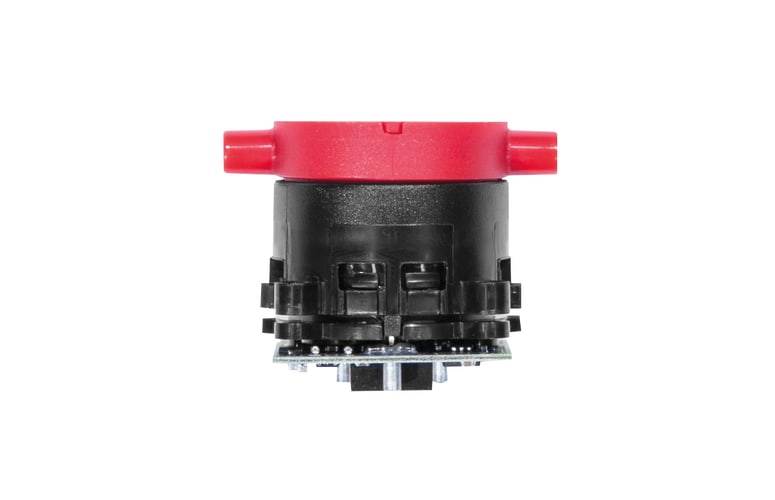The TÜV-tested testo 330-2 LL flue gas analyzer ensures that you have the proper tools for proper measurements for a proper long time! The easy-to-use, state-of-the-art analysis tool provides you with quick and reliable readings and is built to last for years to come.
- 4-year warranty on the flue gas analyzer
- Bigger savings with longlife (LL) sensors. Because the O2 and CO sensors need to be replaced less often (typically once every six years and therefore once less) you save on costs.
- Wide range of optional sensors (i.e. NO, COlow, NOlow sensors) that allow you to customize your analysis tool to suit your individual requirements and saves you from having to buy other flue gas meters or analysis tools
- Sensor connector for quick `n easy sensor change. All gas circuits can be connected to the analysis tool via a bayonet lock
The testo 330-2 LL pro flue gas analyzer – one tool for a host of measurements
The testo 330-2 LL pro flued gas analyzer is designed to allow you to carry out all standard installation, service and maintenance measurements in and around heating systems with only one device.
- Flue gas parameter (CO, O2, temperature) measurements at burners
- Draft measurements at heating systems
- Pressure measurements at burners (i.e. die pressure, gas flow pressure)
- CO ambient air measurements with optional sensor
- Gas leak detection and gas pipe inspections with optional sensors
- Pressure difference measurements
testo 330-2 LL flue gas analyzer – it’s what’s on the inside that counts
- High-quality, longlife O2, CO and NO – O2- and CO sensors included
- Sensor connector for quick `n easy sensor change
- High-resolution graphic color display, graphic presentation of the course of the measurement with flue gas matrix and line diagram
- Wide range of measurement menus for heating systems analysis checks
- Integrated sensor monitoring; traffic light color coding system and at-a-glance status
- User-changeable sensors; easy-to-replace sensor filter
- No need to withdraw the sensor from the flue to zero (additional feature which the testo 330-1 LL does not have)
- CO thinning: automatic thinning from 8 000 ppm to at least 30 000 ppm during CO measurements (another additional feature which the testo 330-1 LL does not have)
- Logger function for long-term measurements; supersize memory for up to 500 000 readings
- Integrated magnets that stick to almost all metal objects for easy measuring
- Easy-to-empty condensate collection tank
- Optional Bluetooth interface for optional testo BLUETOOTH® printer
- 4-year warranty without service contract
- TÜV-tested according to 1st BImSchV EN 50379, Parts 1-3
Please Note: If you think that the testo 330-2 LL is just the analysis tool and measuring device you’ve been looking for, but you also need an H2-compensated CO sensor, then you will be pleased to hear that this sensor – and many other optional accessories including a Bluetooth interface – can be ordered together with your flue gas analyzer.
What’s included
testo 330-2 LL flue gas analyzer, O2/CO sensor, rechargeable battery, calibration certificate.





